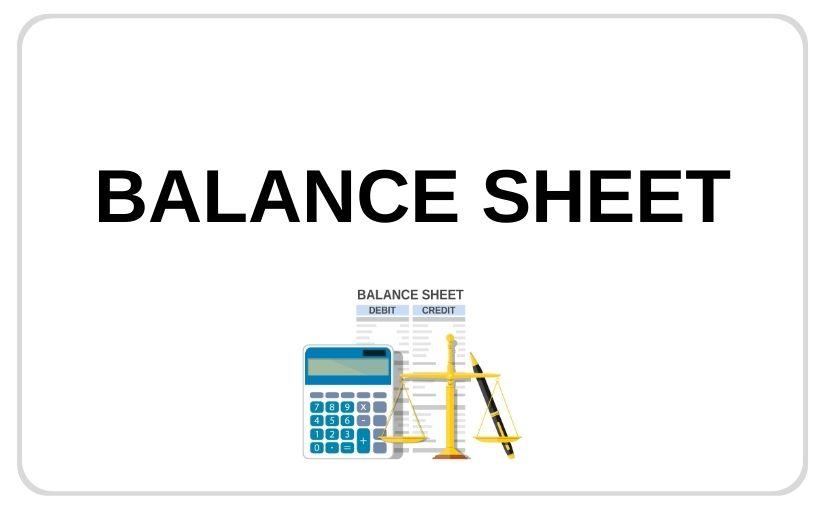Balance Sheet for Law Firms
Drafting a balance sheet for law firms involves presenting the firm’s financial position by categorizing its assets, liabilities, and equity.
Here’s a step-by-step guide on how to create a balance sheet for a law firm:
1. Gather Financial Information:
Collect all relevant financial data, including the firm’s accounts, transactions, and records for a specific period, typically a fiscal year. This information will help you accurately represent the firm’s financial status.
2. Identify Assets:
Assets are what the law firm owns and controls. Categorize assets into two types: current assets and non-current assets.
Current Assets: Include cash, accounts receivable (unpaid client invoices), and any other short-term assets that can convert to cash within a year.
Non-Current Assets: Include long-term assets like property, equipment, investments, and any other assets that won’t convert to cash within a year.
3. Calculate Liabilities:
Liabilities represent the firm’s financial obligations. Similar to assets, liabilities can categoriz as current and non-current.
Current Liabilities: These are short-term obligations that need to settl within a year. Examples include accounts payable (unpaid expenses), accrued liabilities, and short-term loans.
Non-Current Liabilities: These are long-term debts or obligations that extend beyond a year, such as long-term loans or leases.
4. Compute Equity:
Equity represents the residual interest in the firm’s assets after deducting its liabilities. For law firms, equity is typically categorized as partner capital accounts and retained earnings.
Partner Capital Accounts: Reflect the contributions made by partners to the firm, including initial investments and subsequent contributions or withdrawals.
Retained Earnings: This represents the cumulative profits earned by the firm that have not been distributed as partner draws or dividends.
5. Organize the Balance Sheet:
Create a two-column table with “”Assets”” on the left and “”Liabilities and Equity”” on the right. List the assets and liabilities in descending order of liquidity (how quickly they can be converted to cash) within their respective categories. Total the assets and liabilities separately.
6. Balance the Sheet:
Ensure the balance sheet follows the fundamental accounting equation: Assets = Liabilities + Equity. The total assets should be equal to the total of liabilities and equity. If the two sides don’t balance, review your calculations to identify any errors.
7. Format and Presentation:
Present the balance sheet in a clear and organized format. Include the law firm’s name, the balance sheet date, and a heading that states “”Balance Sheet.”” Use proper labeling and ensure consistency in font and formatting.
8. Review and Verification:
Before finalizing the balance sheet, double-check all calculations and entries for accuracy. Any discrepancies should be addressed and corrected.
Remember that drafting a balance sheet for a law firm requires a solid understanding of accounting principles and financial data. If you’re not familiar with accounting practices, it might be beneficial to consult with a professional accountant or financial advisor to ensure your balance sheet is accurate and compliant.
To visit: https://www.mca.gov.in/
For further details access our website: https://vibrantfinserv.com

